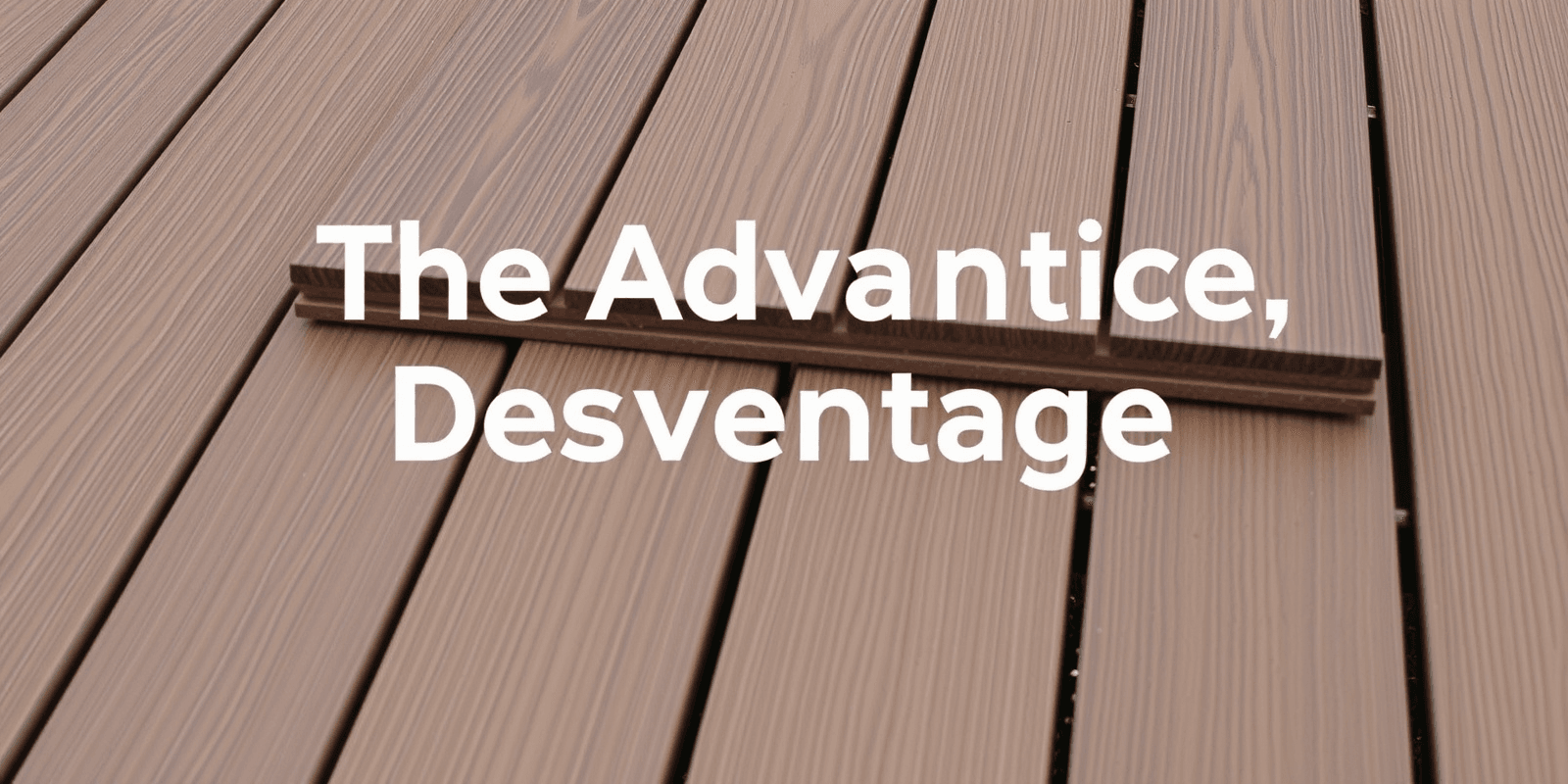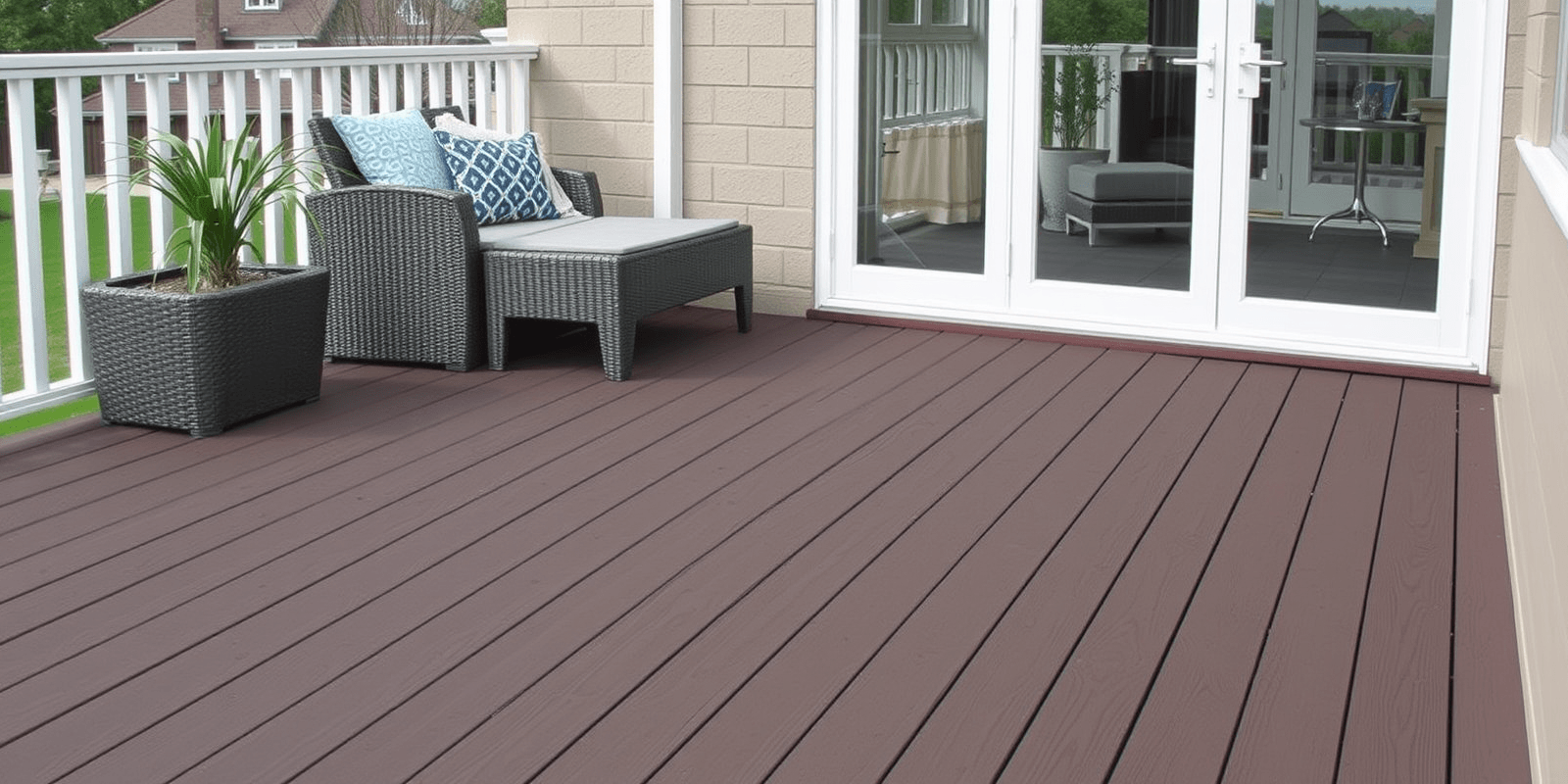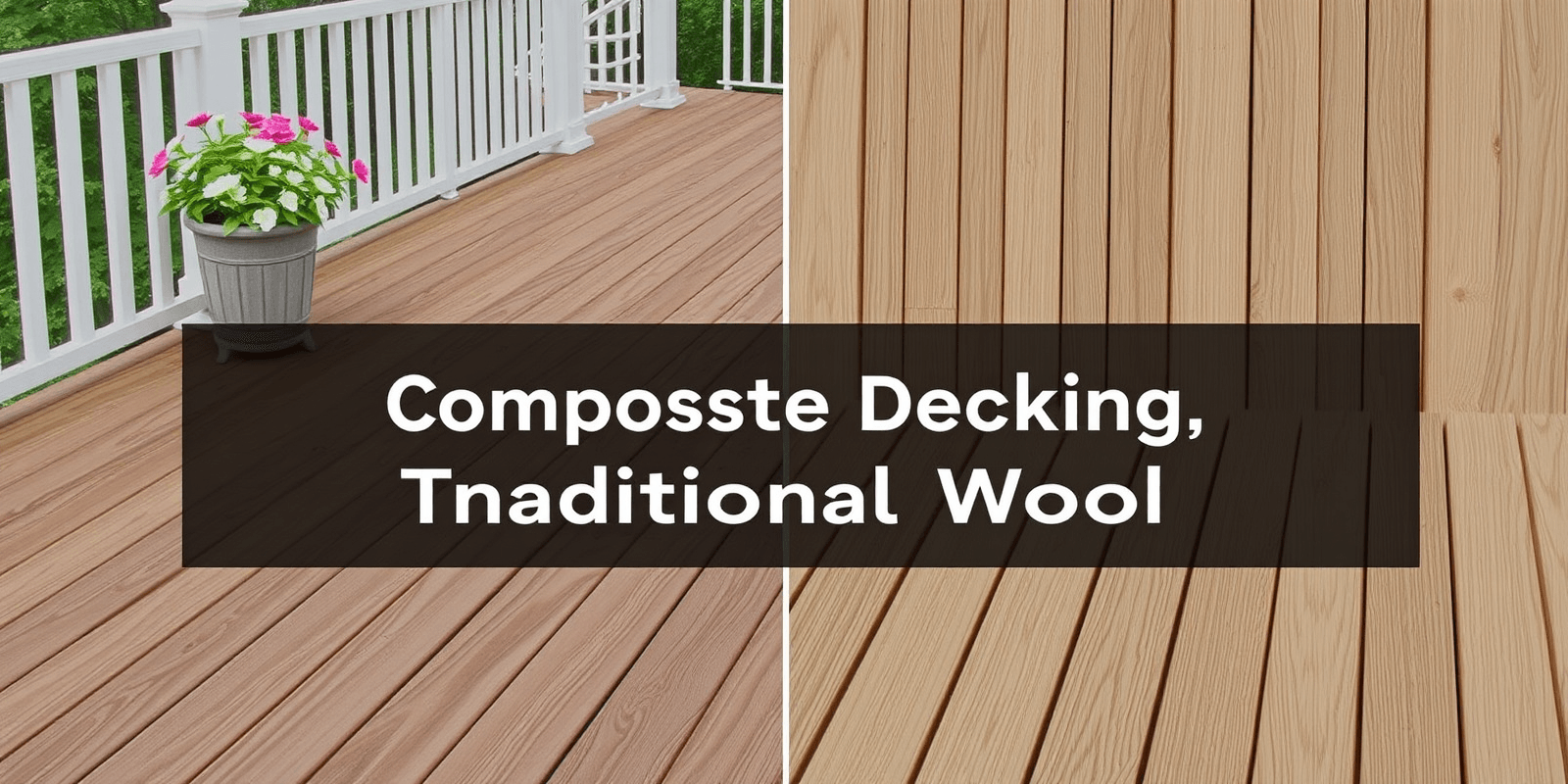The Advantages and Disadvantages of Composite Decking Boards
Introduction
Composite decking boards are a popular alternative to traditional wooden decks due to their low maintenance requirements and durability. These boards are made from a combination of wood fibers and plastic, which can be derived from recycled materials, making them an environmentally friendly option. However, like any material, composite decking has its pros and cons. This article will explore the environmental impact, initial cost, longevity, appearance, and ease of installation of composite decking boards. Real-world testimonials from users who have experienced both types of decking materials will also be included to provide a comprehensive understanding of the subject.
Environmental Impact
One of the significant advantages of composite decking is its environmental impact. The use of recycled materials reduces waste in landfills and conserves natural resources. For instance, Trex, a leading manufacturer of composite decking, uses over 90% recycled materials in their products. According to the Environmental Protection Agency (EPA), recycling one ton of plastic saves approximately 7.4 cubic yards of landfill space. Therefore, choosing composite decking over traditional wood can contribute to a more sustainable future. However, it’s important to note that the production process of composite decking does involve the use of fossil fuels, which can have a negative impact on the environment.
Source: EPA – Reducing and Reusing Basics
Initial Cost
When it comes to the initial cost, composite decking is generally more expensive than traditional wood. While the price varies depending on the brand and quality, composite decking can cost anywhere from $3.50 to $8 per square foot, compared to $2 to $6 for pressure-treated wood. However, this higher upfront cost can be offset by lower maintenance costs over time. Composite decking requires minimal upkeep, such as occasional cleaning with soap and water, unlike traditional wood, which needs regular staining or sealing to prevent rot and decay.
Source: Bob Vila – Composite Decking Cost
Longevity
Composite decking is known for its durability and longevity. Unlike wood, which can rot, warp, or splinter over time, composite decking is resistant to moisture, insects, and UV rays. This makes it an ideal choice for areas with high humidity or frequent rainfall. Additionally, composite decking comes with a warranty that ranges from 10 to 25 years, depending on the manufacturer. However, it’s worth noting that composite decking can become scratched or faded over time, especially if exposed to harsh weather conditions.
Appearance
Composite decking offers a wide range of aesthetic options, including various colors and textures that mimic the look of natural wood. This allows homeowners to choose a style that complements their home’s exterior while minimizing maintenance. However, some users may find the uniform appearance of composite decking less appealing than the natural grain patterns of wood. Additionally, scratches and fading can affect the overall look of composite decking over time.
Ease of Installation
Composite decking is relatively easy to install, especially when compared to traditional wood. The interlocking design of many composite decking boards simplifies the installation process, reducing the need for specialized tools or skills. Moreover, composite decking does not require regular maintenance, such as sanding or sealing, which can save homeowners time and effort. However, the weight of composite decking boards can make installation more challenging, requiring additional support structures and lifting equipment.
User Testimonials
“I chose composite decking for my backyard because I wanted something low-maintenance and durable,” says Sarah Johnson, a homeowner from Austin, Texas. “After five years, my deck still looks great, and I don’t have to worry about staining or sealing it every year.”
On the other hand, John Smith, a contractor from Denver, Colorado, shares his experience with both materials: “While composite decking is easier to install and maintain, I prefer working with traditional wood because of the natural look and feel it provides. However, I understand why many homeowners opt for composite decking for its durability and low maintenance.”
Conclusion
Composite decking boards offer several advantages, including environmental sustainability, durability, and low maintenance. However, they come with a higher initial cost and may not appeal to those who prefer the natural look of wood. By considering these factors and weighing personal preferences, homeowners can make an informed decision about whether composite decking is the right choice for their outdoor living space.



